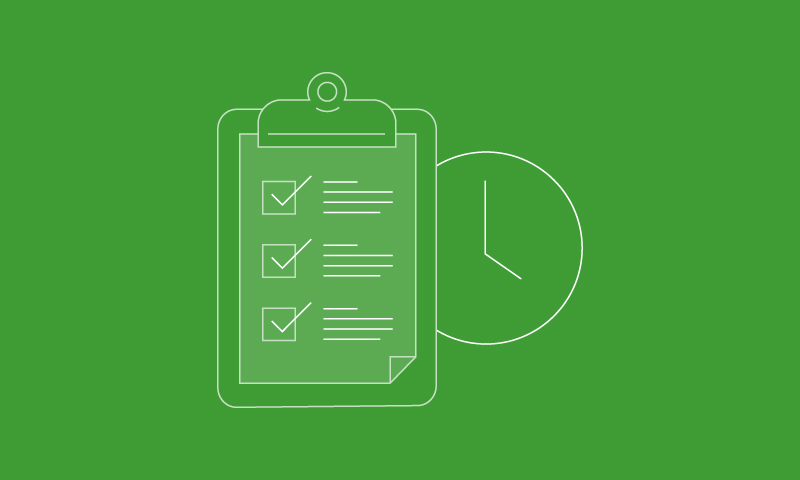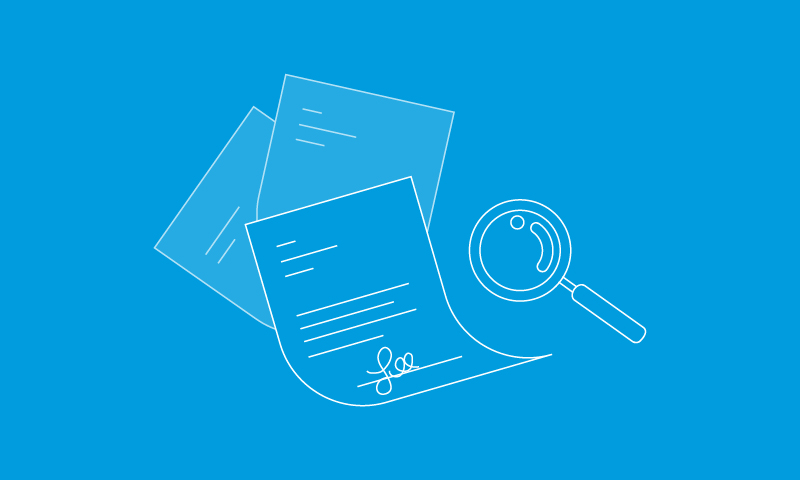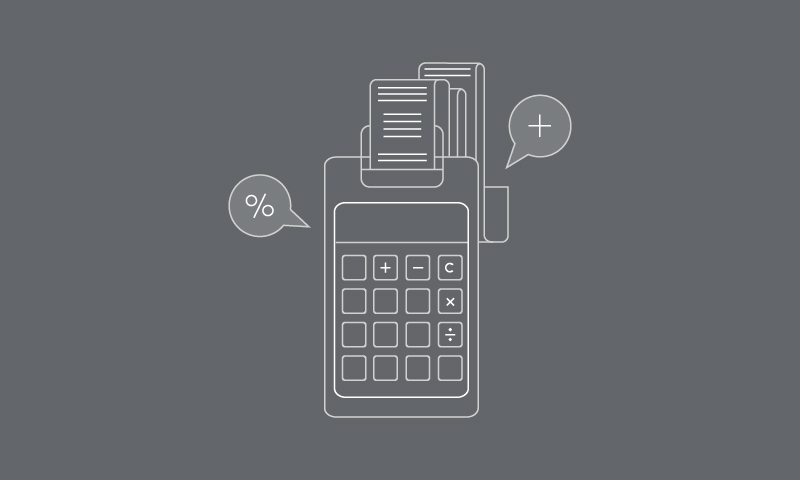05 May 2022
We know fraud is happening across every sector and our clients are increasingly asking how they can prevent it.
The British Universities Finance Directors Group (BUFDG) recently polled the attendees of their ‘Finance Festival’ and found that 80 per cent of them felt that fraud was a major risk to their organisation.
We have seen an increased appetite from our clients to invest in adopting a proactive approach to countering fraud, rather than just responding to an incident.
How you manage the possibility of fraud being committed against your organisation is key. It goes hand in hand with how, where and what you invest resources in to prevent fraud.
This also doesn’t have to be a large investment. The key to any investment into fraud prevention is being proportionate. Look at what you already have in place and develop a structure/counter fraud strategy, that supports what you already have.
At the same BUFDG conference, 58 per cent of attendees stated that they had undertaken a fraud risk assessment at their institution. This showed a significant number of Higher Education (HE) institutes had invested time in reviewing their fraud risk profile.
The British Universities Finance Directors Group (BUFDG) recently polled the attendees of their ‘Finance Festival’ and found that 80 per cent of them felt that fraud was a major risk to their organisation.
We have seen an increased appetite from our clients to invest in adopting a proactive approach to countering fraud, rather than just responding to an incident.
How you manage the possibility of fraud being committed against your organisation is key. It goes hand in hand with how, where and what you invest resources in to prevent fraud.
This also doesn’t have to be a large investment. The key to any investment into fraud prevention is being proportionate. Look at what you already have in place and develop a structure/counter fraud strategy, that supports what you already have.
What are the benefits of a counter fraud strategy?
A key task in understanding your potential areas of exposure is the undertaking of a Fraud Risk Assessment. This enables you to identify areas of fraud vulnerability and get an insight into who puts your institution at risk. You can consider if anything needs strengthening and how any residual/associated risks will be mitigated against.At the same BUFDG conference, 58 per cent of attendees stated that they had undertaken a fraud risk assessment at their institution. This showed a significant number of Higher Education (HE) institutes had invested time in reviewing their fraud risk profile.
So, what are the next steps?
Once the Fraud Risk Assessment is completed, you can then mitigate against the identified risks. Such plans can include:
- the development of a longer-term counter fraud strategy that covers some key components to improve levels of communication and awareness
- outline the techniques you will use to proactively measure levels of risk exposure
- how you propose to adopt a programme of proactive fraud detection activities
It’s always useful to determine how progress against your strategy will be measured, monitored and reported on.
In order to help your Committee and Board members have visibility at operational level, and feel comfortable with that is happening, consider:
- Having a timetable for implementing your strategy
- Document and share any pre-determined key performance indicators
- Implementation of any recommendations arising from proactive or reactive work
- Capture emerging themes or areas of risk
Ultimately, opportunists are always there and it’s everyone’s responsibility to be extra vigilant against fraud.
Developing a counter fraud strategy is an opportunity to capture a programme of work that reflects the organisation’s focus, investment and areas of priority it is committing to protect itself.
For more information, please contact Andrea Deegan.









